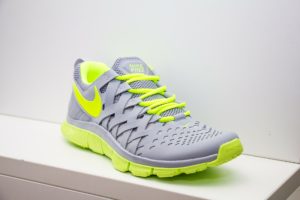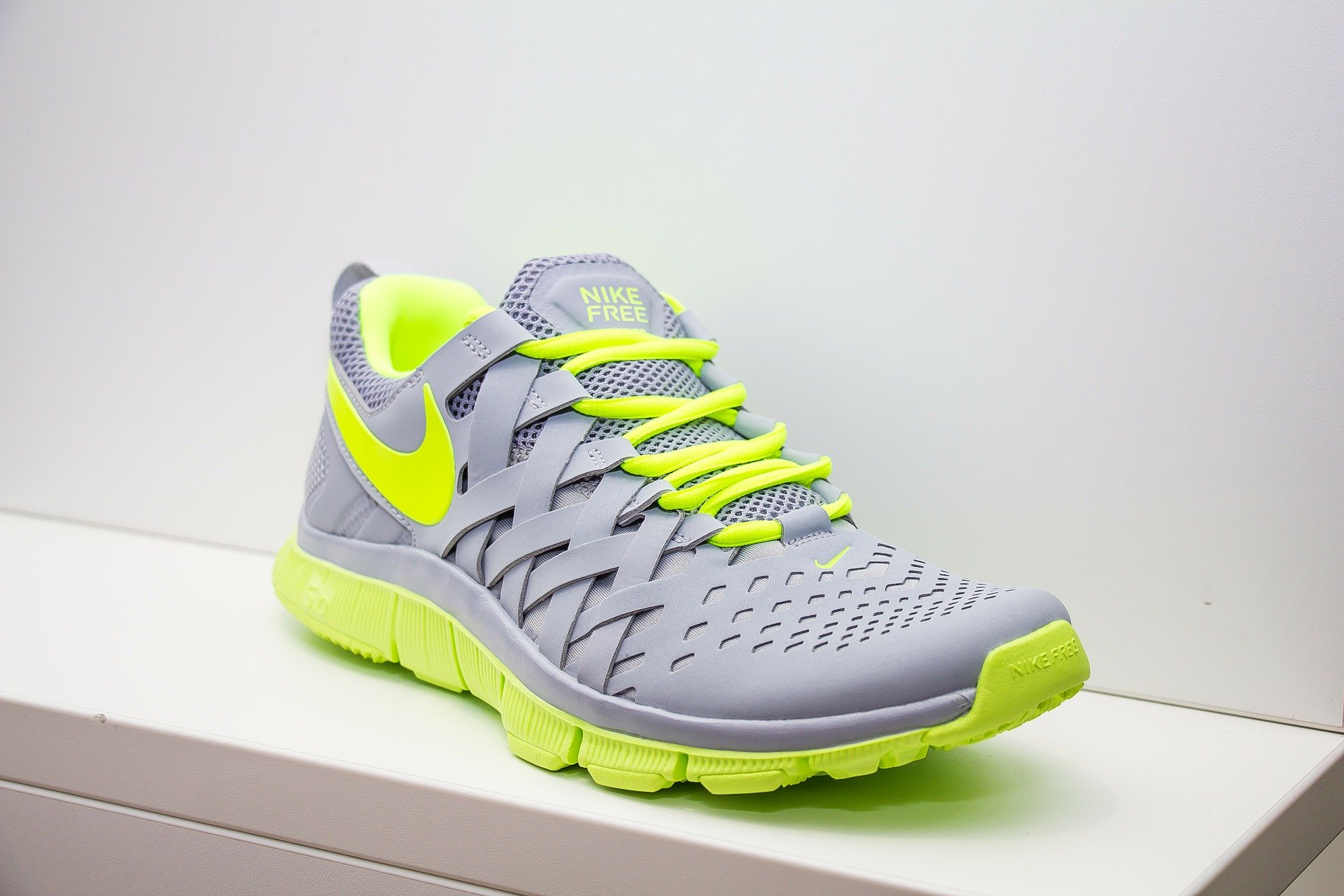Few things are as important to a runner as their shoes. You can do without a lot of things despite the large number of articles of all kinds that the world of running offers in terms of clothing, accessories and devices. But you can’t do without footwear . And for those who defend the practice of running barefoot, or cite the case of the athlete Abele Bikila who won a marathon running barefoot, it should be remembered that at the next Olympic event he ran again, with shoes, and his performance was much superior. Not much else to add.
There are so many makes and models on the market that it is difficult to choose. Here we help you with several points that you should take into account before buying.
See more: check the best sports shoes on Sports Men

What to prioritize?
The three main characteristics that a good running shoe should have are: comfort, stability and cushioning. When a shoe has these three things, when you try them on, they are already comfortable from the beginning, simply by walking them. If they are not comfortable for you from the beginning, they will hardly be later. Do not think that they are going to mold, soften, or enlarge. They should feel comfortable from the start.
Don’t be seduced by color or appearance
I always say that you really become a serious runner when you start choosing shoes for functionality and not aesthetics. When color doesn’t matter to you more than quality or comfort. It is good that the shoes are beautiful and we have tracks, but do not base your choice on fashion, remember that the quality of your footprint will affect your entire body: knees, waist, back. If you are very interested in combining with clothes, choose a neutral color that can be easily adaptable with different tones: gray, black, white, or some that just have many colors.
Types of tread
There are three types of tread: supinator, pronator and neutral, depending on how we place our feet on the ground. The ideal is to take a tread test or visit the orthopedist if we believe we have any support or type of foot that requires correction. In that case, it will be convenient to use prescription insoles, always wearing neutral footwear. If we are mild pronators, for example (we step by rotating the foot inwards) it may be enough to buy a shoe for that type of step. But we must first determine it.
Surface to be used
It is not the same to run on asphalt than in the mountains. If we are going to run on natural terrain, it will be better to opt for models that have soles with good grip and non-slip. There are more and more models of trail running shoes available, lighter, more armed, more or less rigid, depending on the use that is going to be given.
The right size
When trying on the shoes, we must make sure that there is approximately one toe space at the tip, because when running the feet swell. If they are very fair standing, running they will squeeze.
Matter of weight
Heavier runners should prioritize cushioning. There are specific models for people over 80 kilos, they are more robust shoes, which are not so light but give good grip to the foot and have a sole that minimizes the impact on the joints.
More than one pair?
The most experienced runners usually have different pairs of shoes and use one or the other depending on the training they are going to do. In long rides they use the ones with the greatest damping and in the work of intensity or competitions, lighter models suitable to achieve better performance. Having more than one pair of shoes is a good idea for any runner regardless of their level. With a weekly frequency of three outings per week, personally I believe that it is already justified to have more than one pair, in short the economic cost will be the same because each one will last longer by alternating its use.
How often to change them?
A running shoe can last between 400 and 800 kilometers depending on several factors. The quality of it, the body weight of the runner, the surface where it is used, the intensity of the kilometers that are made (500 kilometers at a pace of three minutes per kilometer is not the same as at six minutes). And it also varies according to the model: competition shoes are lighter and generally last less, they are prepared to achieve a better performance and go faster but they wear out before training shoes, designed to make them more kilometers. But in no case is it recommended to extend its use beyond 800 kilometers. They seem like a lot, but if we think of a runner who performs five weekly trips of an average of twelve kilometers each, we are talking about a durability of three months.
Where to buy?
If one is not clear about the model to choose and should seek advice, the ideal is to visit stores specialized in running footwear, and if the seller is a runner, even better! Many sellers have no idea of the characteristics of the footwear that each person should prioritize according to their physique and the use they are going to give them. Not a minor issue is the budget, because good shoes are not cheap. But many times you get older models at super reasonable prices and you can buy up to half the value of a new model just because it is new, and without compromising quality. Another option is online sales, which generally offer many promotions and discounts. Faced with this alternative, it is best to first seek advice and try them elsewhere and only once we are sure which is the right model and number for us, to buy online. Footwear is not something that we should choose for appearance or price buying for catalog without testing it before.

